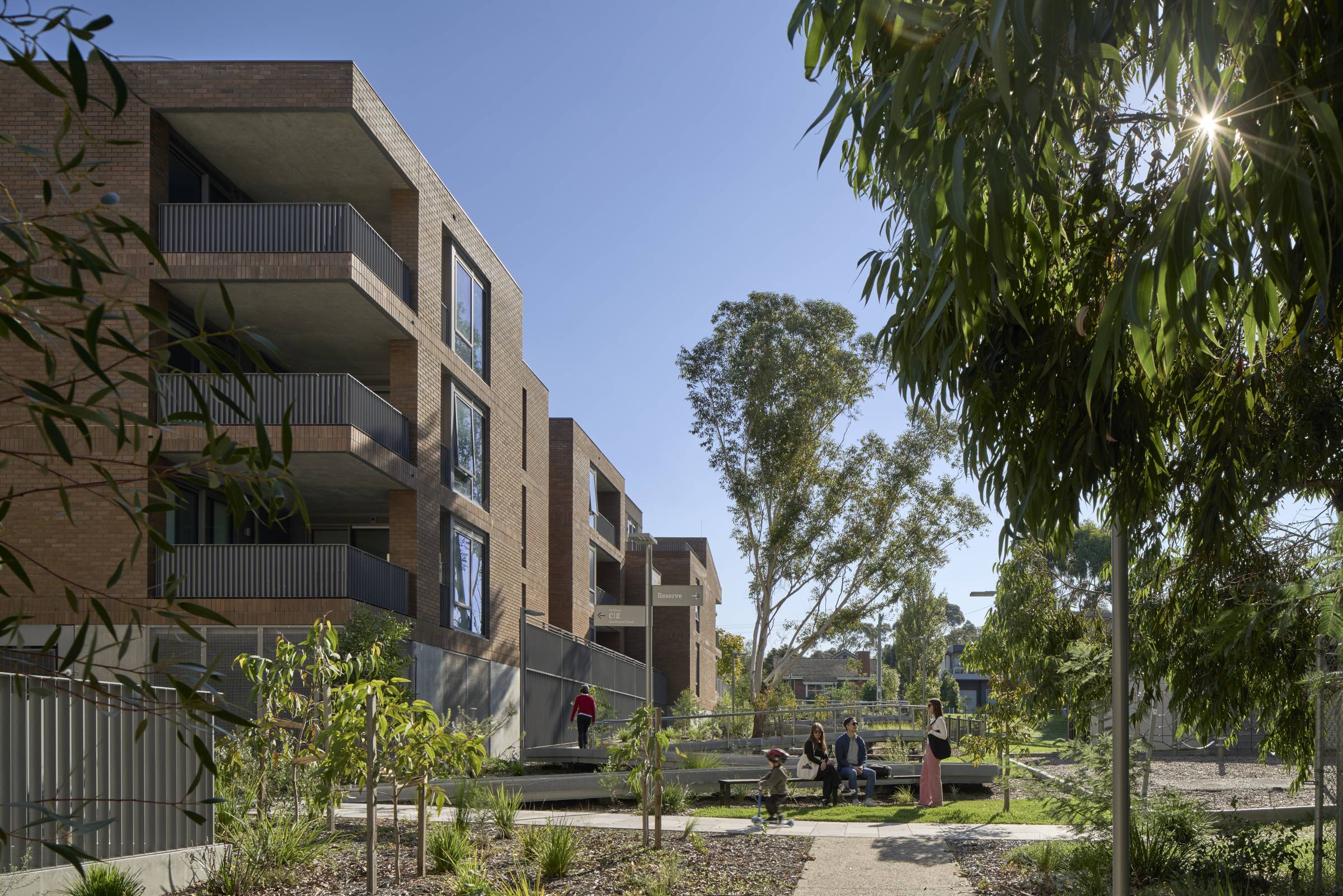
Mark continues:
“A greater focus has come on the users of the building … to help them get through the day. In the last 10 years the modern court building has taken another direction, one that’s more sensitive and supportive of all the occupants in the building.”
Shepparton Law Courts is the first regional court development in Victoria for more than a decade. It’s part of a 15-year plan to cope with a rapidly growing population, and its out-of-date infrastructure.
Read full AGE article here


